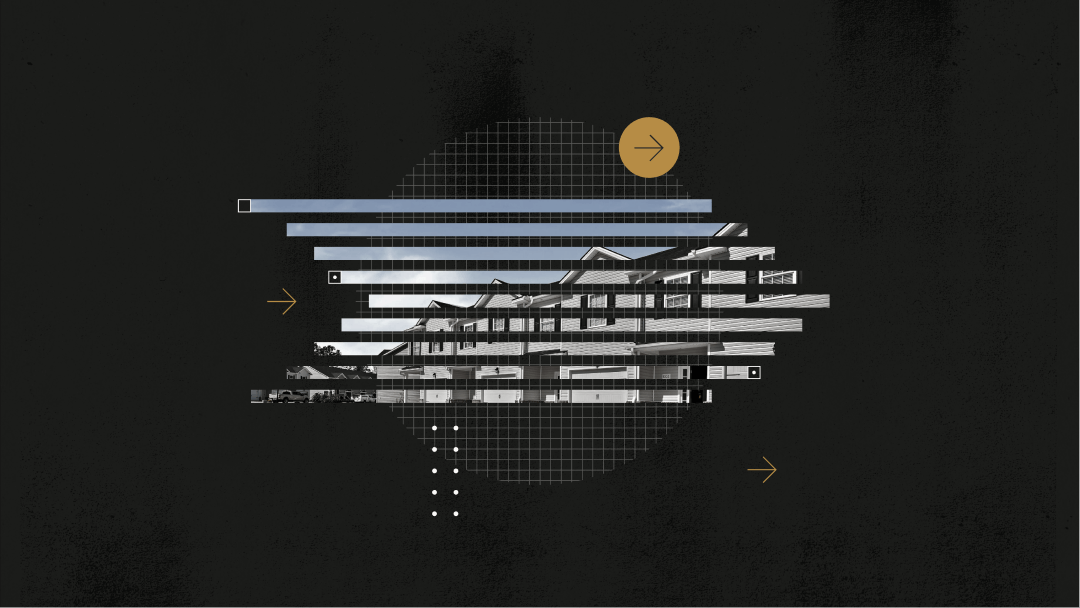We created the Flagship Real Estate Fund in 2021 with the goal of delivering significant long-term value for our investors through the acquisition, development, and operation of high-quality real estate assets. Over the past four-plus years, we've deployed more than $1 billion of capital across approximately $2.4 billion1 worth of real estate assets, with a particular focus on residential apartment and build-for-rent communities.
As part of this strategy, many of the assets go through a series of stages where first, the property is developed, then leased-up, and eventually begins operating.
This natural lifecycle produces what is known as a “J-curve”, which for many newer investors may be counterintuitive at first.
Fortunately, as with many things in investing, those who are patient tend to be rewarded when it comes to capturing the best returns.
The natural lifecycle of real estate investment
Real estate investing, particularly in development projects, follows a distinct pattern that can be broken down into three key phases:
- Acquisition & Planning: After raising capital, we spend several months identifying opportunities, performing due diligence, closing on investments, going through all the necessary permitting and finalizing designs. This phase requires significant upfront work before any physical changes occur.
- Development & Improvement: Whether building from the ground up or renovating existing properties, this phase involves the actual execution of our business plan. During this period, the property typically generates minimal to no income as we create value through physical improvements.
- Stabilization & Operation: As construction completes and we begin leasing to residents, the property starts generating income. This phase can take anywhere from several months to two years to reach full stabilization, depending on the project scope and market conditions.
The “J-curve” of returns
Real estate development, while ultimately rewarding, often follows a distinct pattern of returns known as a “J-curve” — where investments typically experience lower or even negative returns in the early periods as capital is invested into the asset before realizing stronger returns in later stages as properties stabilize and begin generating consistent cash flow.
This is why, historically, the longer investors are invested in a fund, the higher their likely returns. It's not just about time in the market — it's about giving these types of value-creation strategies the time needed to fully materialize.

From construction to cash flow: Recent successes in the Fund
Early in the Fund’s life, a majority of the assets in the portfolio were in their early stages of initial acquisition and value-creation.
Over the past 18+ months, we have seen more and more projects complete their construction phase and begin the lease-up process. Accordingly, we are also seeing an increasing number of investments reach stabilization; typically defined as the point at which a property achieves an occupancy rate of 90-95%.
Two recent examples highlight this transition:
- Acquired in August 2023
- 124-home build-for-rent community 30 minutes from Savannah, GA
- Construction completed in April 2024
- Achieved stabilization in late August 2024
- Demonstrates our thesis on the growing demand for single-family rental communities in high-growth Sunbelt markets
- Acquired in October 2022
- 76-unit townhome community in the Atlanta metro area
- Construction completed in May 2024
- Achieved stabilization in September 2024
- Successfully reached stabilization following completion
- Validates our approach to scaling in strong suburban markets
Looking ahead: Driving performance through execution
The transition from development to stabilization is already beginning to show in the Fund’s overall returns. In 2024, the Flagship Real Estate Fund delivered a return of 7.50%2, handily outperforming the NAREIT All-REIT Index which returned 4.30%.3
Going forward, as more of our development projects reach completion and stabilization, we expect to see the benefits of our value-creation strategy continue to materialize. The transition from construction to cash flow is a crucial phase in real estate investment, and we're encouraged by the strong execution we're seeing across our portfolio. As such, we believe we're well-positioned for continued strong performance.
The “TLDR” key takeaways for investors:
- Real estate development returns are inherently "back-ended" — the majority of value often realized in later stages.
- The Fund’s portfolio is progressing through its natural maturation cycle, with more properties now reaching stabilization.
- The time gap between operational milestones and financial performance is normal and to be expected in real estate investment.
As always, we remain committed to our long-term strategy of creating value through strong execution, even though this approach often requires greater patience, and we thank you for your continued trust and partnership in this journey.
| INVEST NOW |
